Every garden has its challenges: Florence fennel that refuses to make a sizeable bulb, spinach that bolts immediately, corn that’s full of tunneling, or kernel-wrecking worms. But every once in awhile, there comes a plant that gives and gives and doesn’t ask much more than a space to give it. Like radishes.
I see these spicy little roots as a gardener’s “encouragement plant” with a seed that is quick to sprout, easy to grow, and lightning-fast to harvest. While you patiently wait for parsnips to mature and tomatoes to redden, radishes are there every step of the way, and offering harvest well before much of anything else is even close to ready.
Though they are often used only as decorations or somewhat offhand salad inclusions, these plants are good for far, far more than decorative rosettes on some fancy cheese platter. If you haven’t tried growing radishes in your garden, give them a shot. They don’t care about your gardening skill level which makes them a perfect crop for children, newbie gardeners, and frustrated green thumbs who could use a little morale boost.
Requirements For Growing Radishes
Radishes are a cool-weather crop that provides their flavorsome bulbs in the spring and fall. Their needs are few, but the one thing they really can’t tolerate is summer heat. They’ll pretty much bolt immediately — leaving you some pastel, starry flowers and very little else.
Like the majority of your garden, they need rich, well-draining soil. Keep them well-watered for the best results. As a cool-weather crop, the spring and fall rains should help.
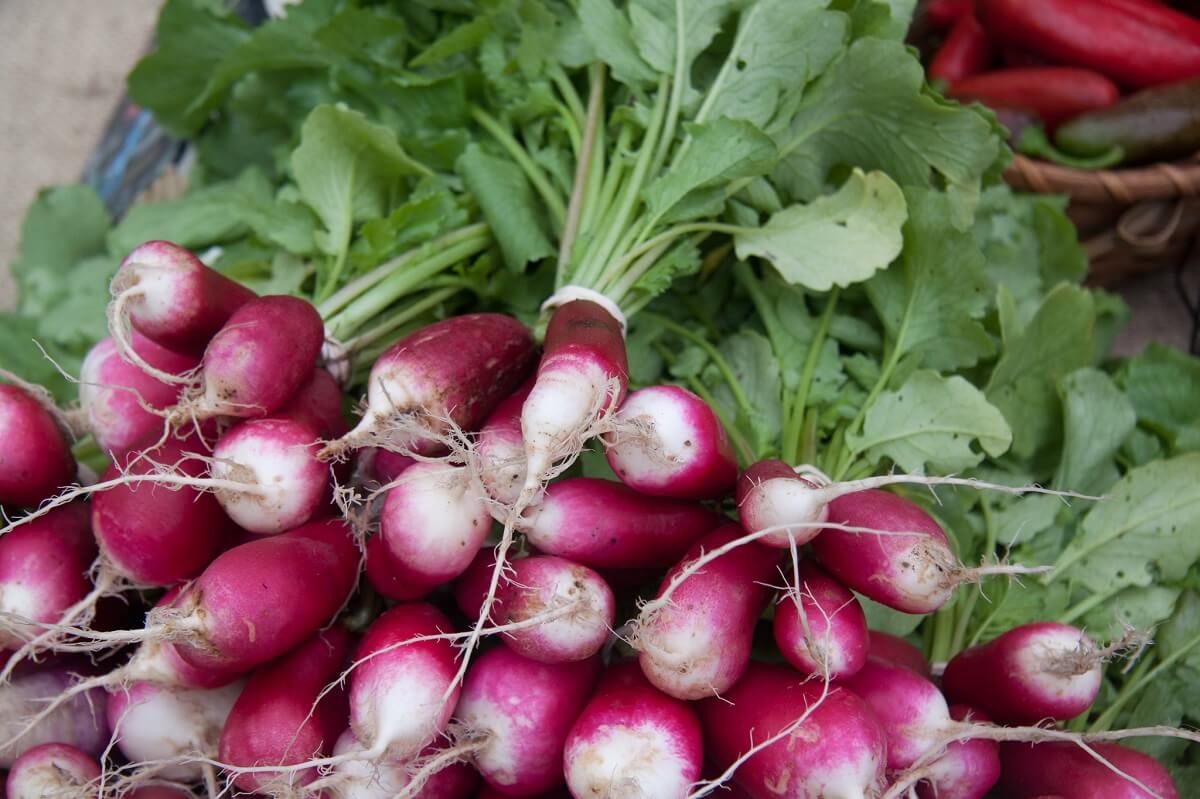
Since they are technically a root crop, well-tilled soil free of rocks will give you the most satisfying, blemish-free, and well-formed roots. If you have really rocky soil, a raised bed is a fast-track to a flavorsome harvest. Treat winter radishes with the same, well-tilled care that you would offer a carrot. If you want that 10-inch root (or bigger), you’ll need to make sure you have cultivated as deep.
Planting Radish Seeds
Growers in zones 2 through 10 can start sowing their pink, pebble-like seeds 4 to 6 weeks before the last expected frost date. Plant them about 1/2-inch deep in rows about 12 inches apart. Make sure they’re in full sun — too shady a location, and you’ll get more leaves than roots. Radishes are really hardy when it comes to cold, and they grow like lightning, so there’s no point in starting them indoors.
If you desire a continuous harvest, keep sowing every two weeks until the highs start touching 90 degrees Fahrenheit (when you’ll need to take a break). Once the heat has passed, you can start successively sowing them 4 to 6 weeks before the first fall frost to get your radish fix again!
Related Post: Growing Horseradish In The Homestead Garden
Winter radishes are slightly different. Sow them in the late summer after the worst of the heat, so that they have time to grow big enough for your autumn harvest and consequent winter storage.
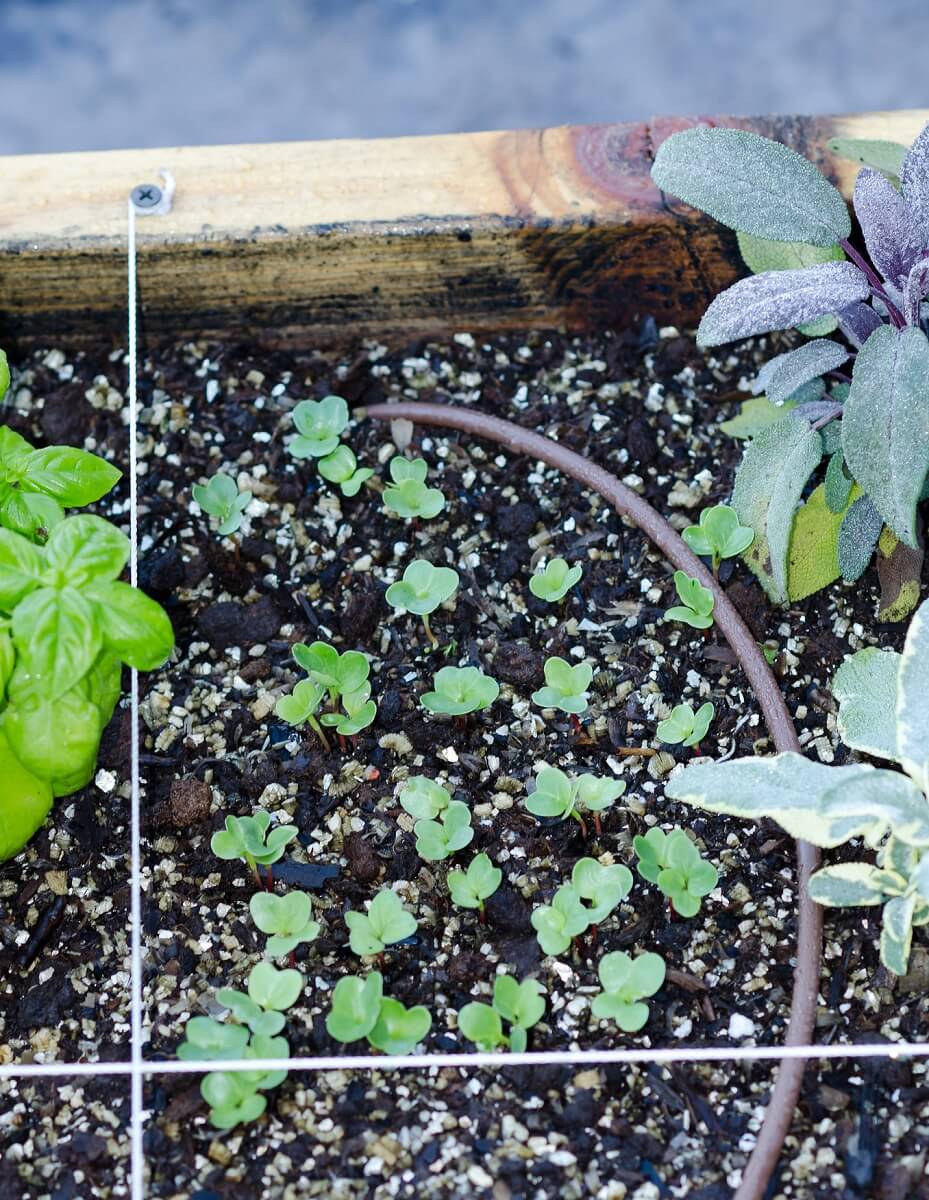
When their bright green seed leaves emerge, you do want to be ruthless about thinning them. Crowded radishes just don’t develop nicely, and radish sprouts are fabulous as a micro-green (so your thinnings are really good salad toppings).
Radishes are wonderful friends to nearly everyone else in the garden and an ideal companion plant. They are a great way to loosen and aerate the soil for mid-summer plantings. Harvesting long, tapered varieties like icicle radishes, grants carrots, parsnips, and other root crops the extra room they crave to expand later in the year. The 3-day germination rate is also useful to mark where slow-to-germinate seeds have been planted.
Radish Pests And Diseases
As long as you don’t try to grow them in a heatwave, radishes are relatively problem-free. Flea beetles might bore some holes in the leaves, and you may find some occasional cabbage root fly larvae, but most growers will find that radishes fall on the super easy side of the spectrum.
Harvesting Radishes
For many varieties, the prime time to harvest their colorful roots is when they are around an inch across — though winter-type daikon and giant radishes are an exception to that rule because they get much bigger. Timing radish harvest is a bit of an art form, but they grow so quickly that you have lots of chances to do it right.
Harvest them too soon, and the root will be tasty, but too small. Let them linger in the soil too long, and the root will be woody, tough, and a little bitter. If you mess up in either case, don’t despair, the greens are still well worth your effort. Every time you pull a radish from the ground, you’re really getting two harvests.
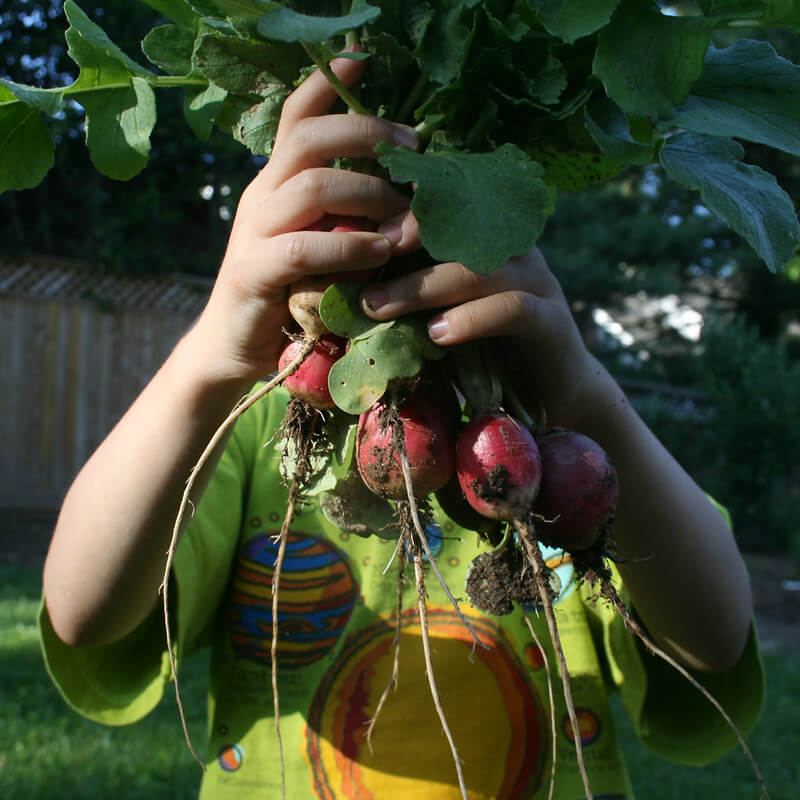
The prickly greens lose all their spines once cooked and are absolutely delicious. I’m convinced that one of the biggest crimes against cultivation is the waste of these delicious greens. Though they’re often condemned prematurely to the compost pile in favor of their more popular parts, beet greens, carrot greens, fennel greens, and (pertinent to this article) radish greens are an absolutely delicious additional harvest that can be gleaned from your cultivated plot.
Related Post: How to Store Radishes
Do not … I repeat, do not simply grow radishes for their fiery bulb. You’ll be missing out. Sauté those greens in a pan with some oil, salt and pepper, and garlic. Once you taste how good they are, you’ll vow to never waste a green again.
Radish Varieties
There are several types of radishes that could grace your garden patch beyond the round, red globes that populate any salad bar. Spring/summer/salad radishes (as the familiar, quick-growing varieties are often called) are harvested in the season for which they are named, and are peppery in flavor. They can be harvested in as little as 3 to 4 weeks after sowing — truly, lighting speed!
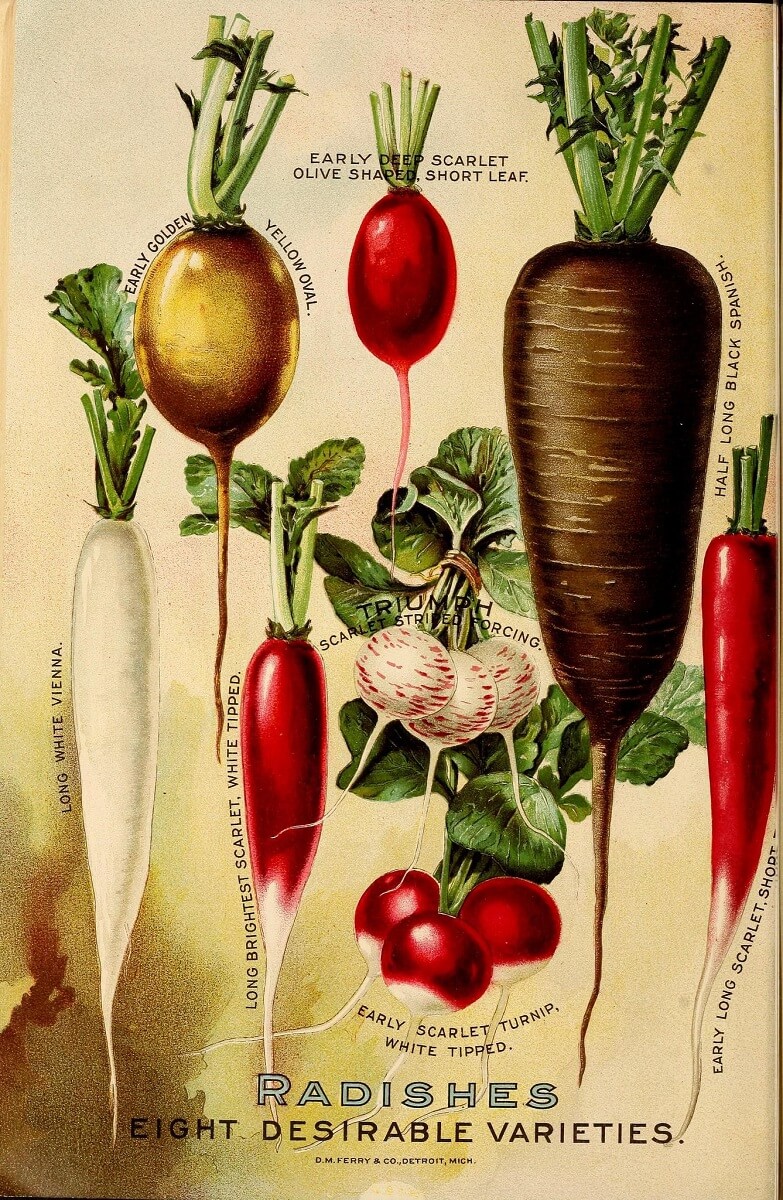
Winter radishes, on the other hand, require a much longer growing season, can be stored in a root cellar for up to six months, and often have sweeter flavors. Think of them the same way as turnips. They’ll require a full 70 days or longer to reach harvest.
One of the delights of growing radishes is the range of colors: bright, flaming red, golden yellow, purple, pink, white, black, and even bright green ones with watermelon-pink centers. Explore some of these varieties for a veritable rainbow of easily grown, fresh food.
Cherry Belle
This spring/summer radish is the variety that you may think of when you hear the word. It’s a bright red, cheery little ball of flavor that is beautiful to hold and eat. They are a delight to pull out of the soil.
French Breakfast
I like growing these spring/summer radishes in the garden for their happy, two-toned, oblong roots. True to their name, we often enjoy them first thing on a spring morning. Slice these radishes fresh atop eggs, and sauté the greens alongside for a lovely breakfast.
Watermelon Radish
Able to grow to the size of a softball and featuring a hot-pink, slightly spicy-sweet center, the watermelon radish (winter variety) really does resemble the summery fruit.
Shawo Fruit Radish
I’ve not grown this winter radish yet, but I find it fascinating. The fruit radish is a uniquely crisp, sweet Chinese variety that supposedly tastes more like a fresh pear than the fiery little bulb that we know so well. It is often served as an accompaniment to tea.
Singara Rat’s-Tail Radish
Specifically cultivated for its flavorful pods (even though every radish pod is technically edible), throw the long, curled siliques into a stir-fry, or pickle them for a delectable accompaniment to dinner.
Related Post: 4 Asian Vegetables You Should Add To Your Garden
There are many more varieties beyond those, though. Having been cultivated for millennia, the radish has been enjoyed and bred to different flavors and colors by gardeners the world over. What’s your favorite one to grow?
Radish Background
Radishes have been a source of food for a long time. So long, in fact, their very name carries a note of veneration. With the wide array of delicious root vegetables that we know and grow, radishes are the ones to bear a name derived from the Latin radix — a word that that literally translates to root. The genus name (Rhaphanus) is derived from a Greek word that means easily reared — which is something that anyone who grows radishes truly knows.



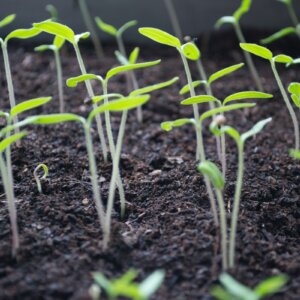









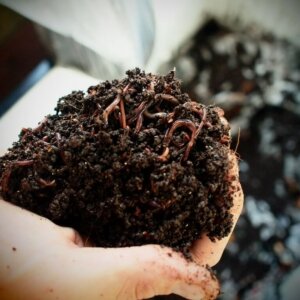






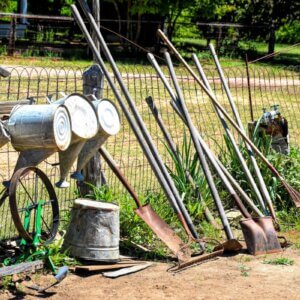




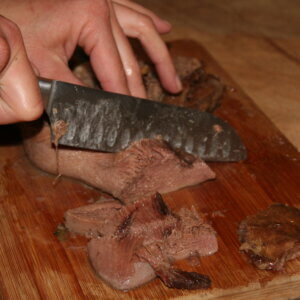




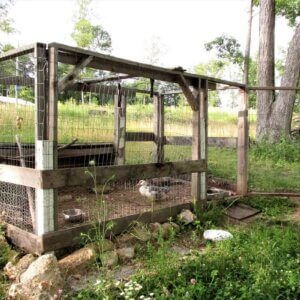


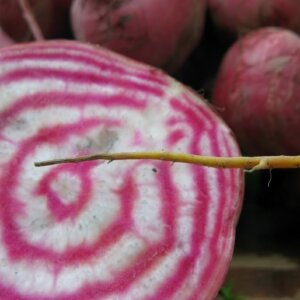







Leave a Reply